 Qualified air duct cleaning contractors employ a variety of different power, pneumatic and hand tools when cleaning air ducts. While there are numerous types of equipment used in the air duct cleaning industry, the job site to a large extent, defines what air duct cleaning tools will be used.
Qualified air duct cleaning contractors employ a variety of different power, pneumatic and hand tools when cleaning air ducts. While there are numerous types of equipment used in the air duct cleaning industry, the job site to a large extent, defines what air duct cleaning tools will be used.
Breaking Contaminants Loose
Properly cleaning HVAC systems requires removing the sources of contamination from the walls of the air ducts. Just as there are numerous types and sizes of air ducts, they are numerous air duct cleaning tools used to loosen debris from the walls of the air ducts.
- Mechanical Agitation: Mechanical air duct cleaning tools are typically brushes powered through an electric motor, and are generally used for sheet metal air ducts. Mechanical air duct cleaning tools are primarily used for more aggressive cleaning applications.
- Pneumatic Agitation: Pneumatic air duct cleaning tools utilize compressed air to agitate debris from the walls of the air ducts. There are numerous pneumatic air duct cleaning tools that can be used such as air whips, compressed air nozzles, or skipper balls. Pneumatic air duct cleaning tools are primarily used to clean sensitive materials such as internally lined fiberglass air ducts, fiberglass duct board, and flex line air ducts.
- Hand-brush & Contact Vacuuming: When accessible, hand brushing and contact vacuuming with a HEPA filtered hand vacuum is always the most effective method of cleaning.
Collection of Contaminants
A vacuum is the most commonly used air duct cleaning tool in the air duct cleaning industry. The most important consideration for every ventilation cleaning project is the prevention of cross contamination. During air duct cleaning, the entire HVAC system is placed under negative pressure (vacuum) to collect loosened debris and prevent the spread of contaminants. There are two main types of collection devices:
- Truck Mounted Vacuums: Truck Mounted Vacuums are gas powered vacuums that are powered through the PTO of an operating vehicle. The amount of vacuum typically ranges from 10,000 – 15,000 cfm. Because of the high volume of air the Truck Mounted Vacuum draws, they have a high propensity for drawing vehicle exhaust and contaminants within the workspace.
- Portable HEPA filtered Vacuums: In most instances, portable HEPA filtered vacuums are the most effective vacuum collection device. HEPA filtered vacuums have a high velocity of vacuum draw allowing for greater lift of the debris and can often be brought to the contaminant source. HEPA filters prevent contaminants from being dispersed from the vacuum exhaust and prevent the potential of cross contamination.

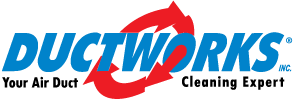
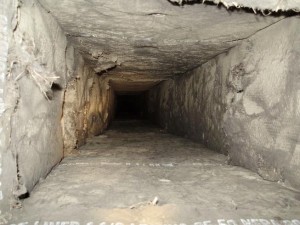 Most commercial air duct systems are internally lined with fiberglass duct liners. Deteriorating fiberglass duct liner is a very common cause for indoor air quality complaints and adverse health effects.
Most commercial air duct systems are internally lined with fiberglass duct liners. Deteriorating fiberglass duct liner is a very common cause for indoor air quality complaints and adverse health effects. Pigeon problems have devastating effects on the heating and cooling components and indoor air quality of a commercial facility. Pigeon problems affect employees, maintenance personnel and potentially customers.
Pigeon problems have devastating effects on the heating and cooling components and indoor air quality of a commercial facility. Pigeon problems affect employees, maintenance personnel and potentially customers.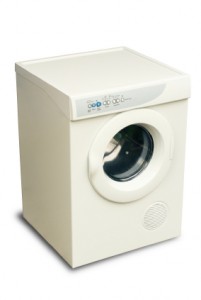 A clothes dryer works by forcing hot air through a turning drum. Wet clothes placed in the drum are then dried by the moving hot air. It is possible for a full load of wet clothes to contain as much as one and a half gallons of water from a typical load of laundry. Lint is created from the clothes as the water is removed and the clothes dry. Overtime as air passes through this exhaust line the lint collects in the screws, bends and elbows and walls of the air duct.
A clothes dryer works by forcing hot air through a turning drum. Wet clothes placed in the drum are then dried by the moving hot air. It is possible for a full load of wet clothes to contain as much as one and a half gallons of water from a typical load of laundry. Lint is created from the clothes as the water is removed and the clothes dry. Overtime as air passes through this exhaust line the lint collects in the screws, bends and elbows and walls of the air duct. Evidence has shown that the air within homes and other buildings can be more seriously polluted than the outdoor air. Several factors contribute to poor indoor air quality that can be easily controlled. Follow these simple tips improve your indoor air.
Evidence has shown that the air within homes and other buildings can be more seriously polluted than the outdoor air. Several factors contribute to poor indoor air quality that can be easily controlled. Follow these simple tips improve your indoor air.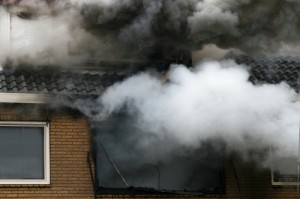 An air duct system is very efficient at spreading smoke. When a fire occurs, the entire HVAC system will be contaminated, to a lesser or greater degree. It is likely that the air duct system will distribute smoke damage well beyond the area of the fire.
An air duct system is very efficient at spreading smoke. When a fire occurs, the entire HVAC system will be contaminated, to a lesser or greater degree. It is likely that the air duct system will distribute smoke damage well beyond the area of the fire.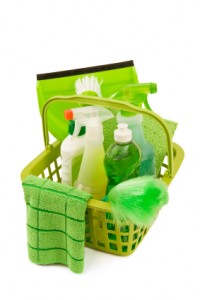 Green air duct cleaners employ advanced methods and materials specifically for green cleaning. They make an extra effort to not allow any dust to escape outdoors or indoors, and only use natural cleaning products.
Green air duct cleaners employ advanced methods and materials specifically for green cleaning. They make an extra effort to not allow any dust to escape outdoors or indoors, and only use natural cleaning products. The greatest difficulty in solving indoor air quality problems is that effects on people can vary. One of a pollutant can have a completely different effect on two different people. While pollutants found in indoor air can be responsible for many harmful effects, there is considerable uncertainty as to what concentrations or periods of exposure are necessary cause specific health problems.
The greatest difficulty in solving indoor air quality problems is that effects on people can vary. One of a pollutant can have a completely different effect on two different people. While pollutants found in indoor air can be responsible for many harmful effects, there is considerable uncertainty as to what concentrations or periods of exposure are necessary cause specific health problems.

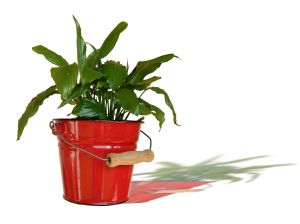
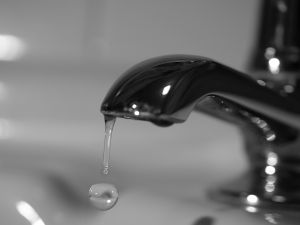

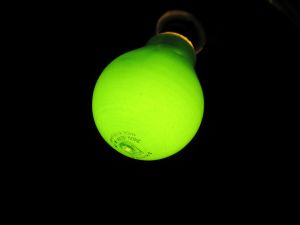





 While you will never be able to completely rid your home of dust. Here are 10 great tips to reduce the amount of dust and other allergy-aggravating particles from your home.
While you will never be able to completely rid your home of dust. Here are 10 great tips to reduce the amount of dust and other allergy-aggravating particles from your home.